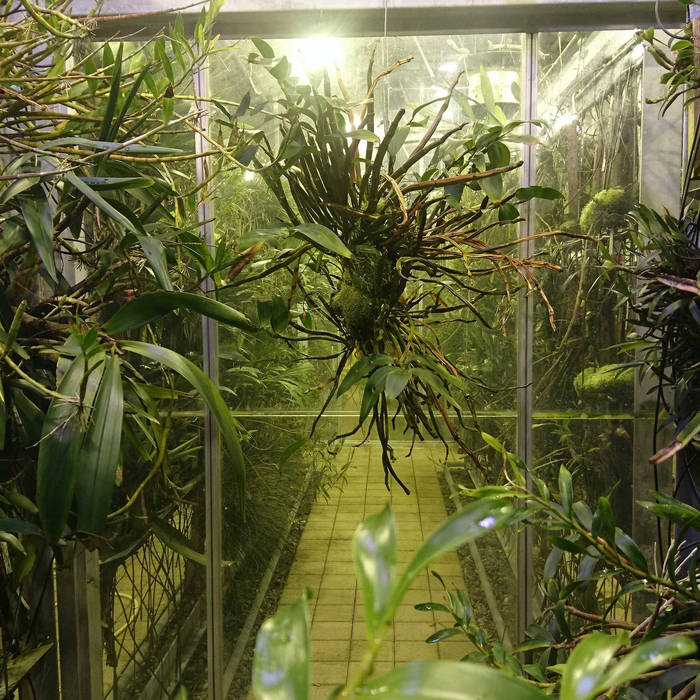

Unfortunately, shot noise is caused by an inherent property of light and cannot be reduced by camera design. Since this isn’t feasible in practical photography, manufacturers work to reduce thermal generation by designing their image sensors to be more energy efficient, which reduces heat generation, and by implementing passive cooling, such as internal heat dissipators. In scientific applications, such as astronomy, dark noise is reduced by actively cooling image sensors to cryogenic temperatures. Read noise may be reduced with better engineering and greater precision in manufacturing the electronic components. Lastly, there’s read noise, which is created by intrinsic imperfections in the design of all electronic components that carry, interact with, and amplify the signal before its digitization. Dark noise, like shot noise, is produced by the inherent variations in thermally generated electrons within the image sensor during a sufficiently short period. Shot noise is random noise caused by the uneven emission of photons from their source during any sufficiently short period. There are generally three broad causes of noise in digital photography. It manifests in several varieties, all of which are undesirable. Noise is undesirable because it interferes with and obscures portions of the signal. Every analogue system designed to receive or transmit signals will exhibit some degree of noise. Increasing the intensity of light by manipulating exposure produces a stronger signal that carries more information.

Specifically, light is the portion of the electromagnetic spectrum that’s visible to human eyes. In photography, light is the signal recorded by the image sensor to form a photograph. Signal, noise, and the signal-to-noise ratio Despite this, it’s helpful to understand what electronic noise is, how it manifests in your pictures, and what you can do to alleviate it, both during and after exposure. With every new release, image sensor manufacturers continue to push their technological advancements towards higher amplification while delivering less electronic noise than the outgoing model.
#Dark noise youtube iso#
When digital cameras became widely available, the flexibility of variable ISO values offered digital photographers a unique glimpse into the world of possibilities for low-light handheld photography that would otherwise require using a tripod or flash in the preceding years. Here, the word alludes to the same concept referred to by lens speed, being the shutter. To some extent, the popular demand for increasingly higher ISO performance is an expression of photographers’ desire for higher speed.


 0 kommentar(er)
0 kommentar(er)
